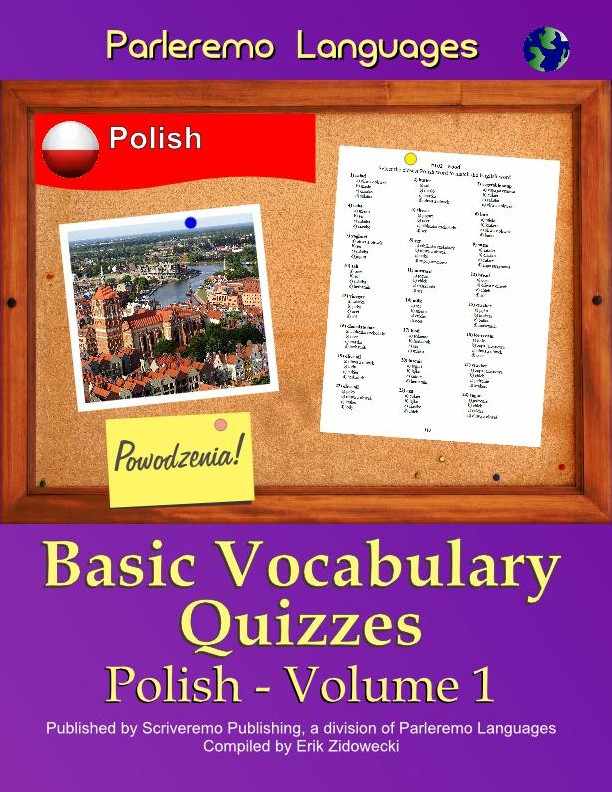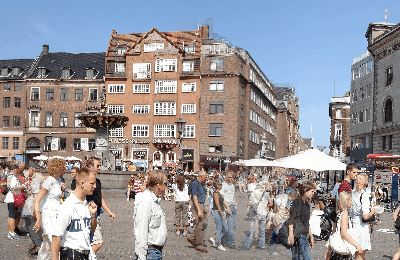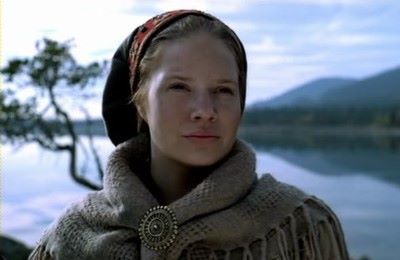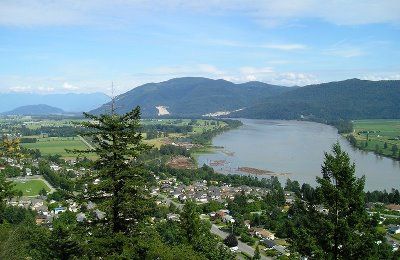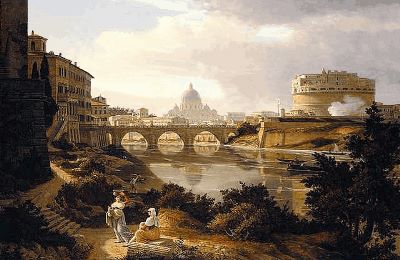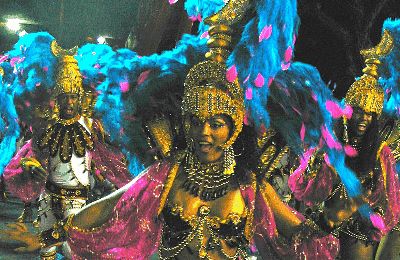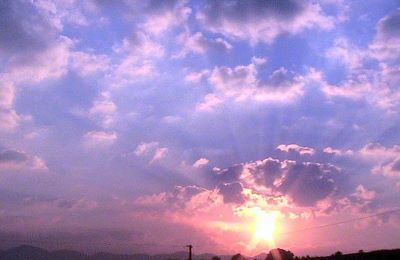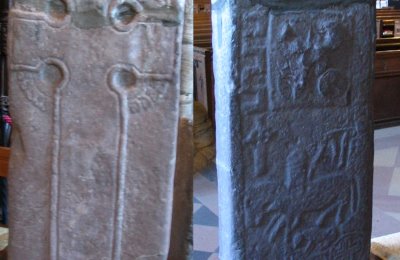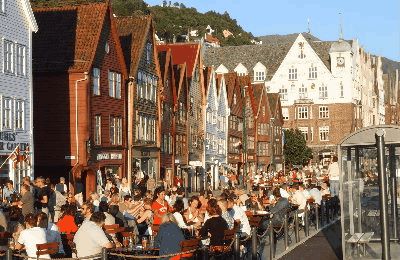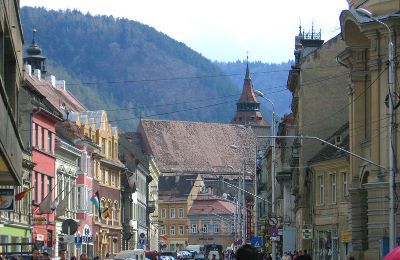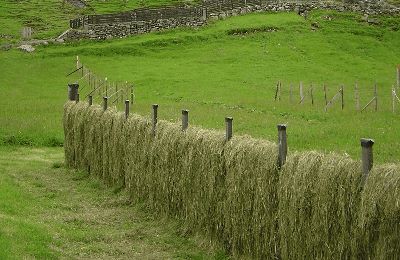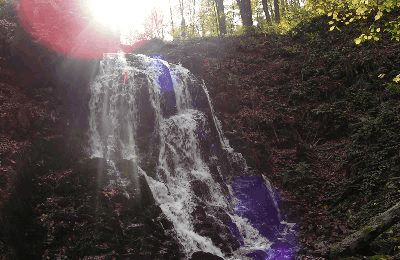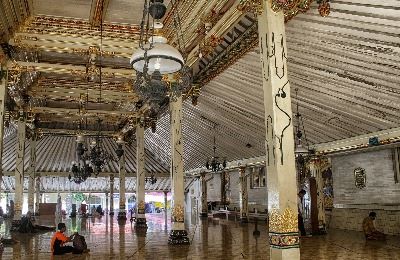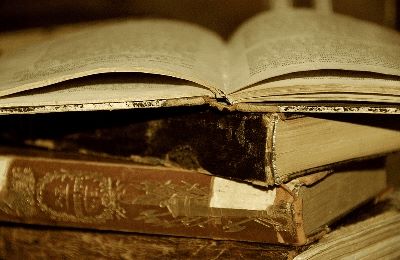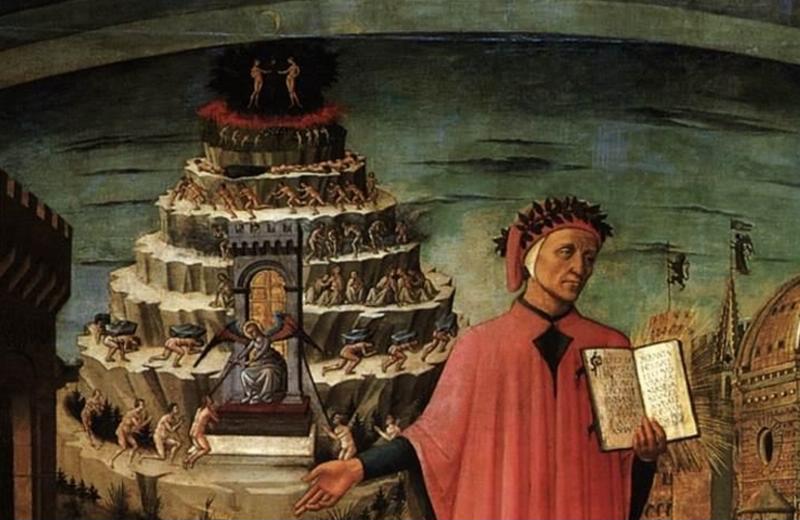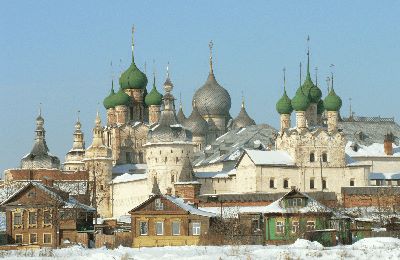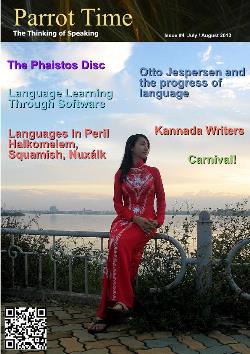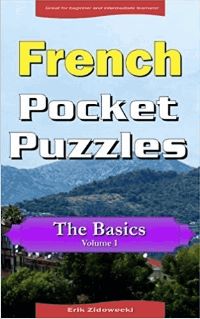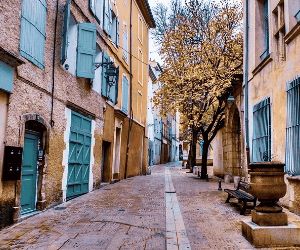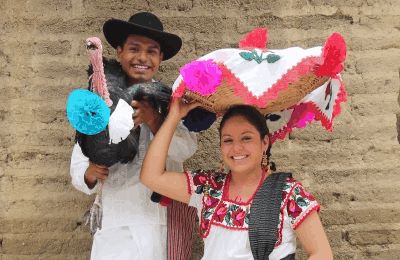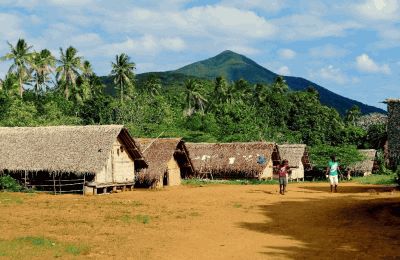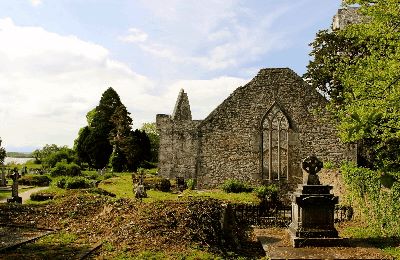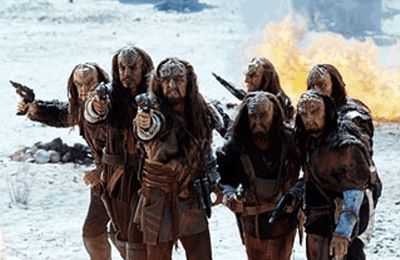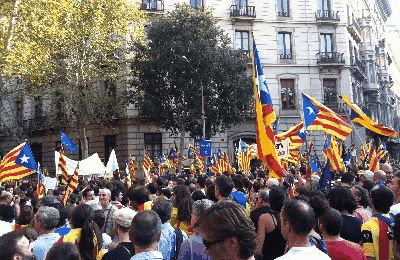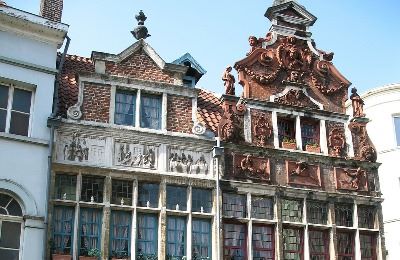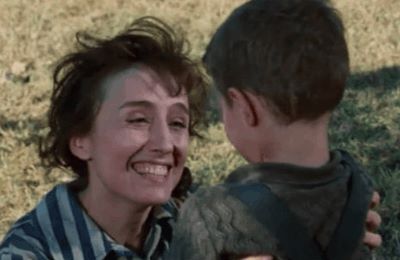Word on the Streets
Kannada Writers

| The streets of Parleremo are named after famous writers for the language of each quarter. This is where we take a quick look at why they famous. | ||
Sರಿಕನ್ಟೈಅಹ್ ಬೀದಿ | ||
B. M. Srikantaiah | ||
|
B.M. Srikantaiah was an author and translator of Kannada literature and foremost among scholars in the study of the Kannada language. Considered the "Father of modern Kannada literature", he worked toward a new era of writing original works in modern Kannada and moving away from out-dated Kannada forms. He made significant contributions with his personal writings as well as the direction he provided to a generation of scholars. Srikantaiah was born in Bellur, a village in the Mandya district of Karnataka, India. He studied at Central College in Bangalore, where he earned his Bachelor of Arts degree, then later earned a Master of Arts degree from the University of Madras. From there, he started lecturing in English at the Maharaja College, Mysore, in 1909, where he eventually became the head of the department. The University of Mysore appointed him the first Professor of Kannada, and he served as as the Registrar there from 1926 to1930. He was responsible for the sanctioning of money to publish of a series of Kannada books, of which he was the editor. This led to a number of valuable works, editions of old Kannada literary works, reference books, and translations from western literature being published. Later, he was transferred to the Central College in Bangalore where he was appointed as Senior Professor. While there, he became Vice-President of the Kannada Sahitya Parishat, an Indian non-profit organisation that promotes the Kannada language, from 1938 and 1942. He retired in 1942 and died in 1946. Srikantaiah was a great promoter of the Kannada language, encouraging authors to use it for their writings. This was important at the time because there was so much interest in the literary traditions of English and Sanskrit. English was becoming the common language for literature, and Srikantaiah wanted Kannada to have its place there as well. He also faced the British influence on their literature, and wanted to create a new, modern literature for Kannada. Part of this he hoped to achieve by severing the ties that Kannada literature had with religious dogmatism. In his push to revitalize the Kannada language, Srikantaiah gave many suggestions to writers. For example, they should expand the vocabulary of Kannada by adopting loan words from other languages as well as composing new words to identify new objects and ideas, while rejecting words borrowed from Sanskrit, which he said the average man cannot comprehend. He wanted to make learning Kannada compulsory for students up to a certain level so as to provide a readership base for Kannada writers, and said that authors should avoid using high-sounding words, instead using free and natural modern Kannada. Another way was through translation. In 1921, he published a volume of English poems he had translated into Kannada, called English Geetegalu. He hoped to help authors assimilate western influences, which he believed was the only way to regenerate the Kannada language and literature. This goes against a common idea of protecting a language by making it "pure", for he wanted Kannada to be expanded, not isolated. Srikantaiah had a great interest in the Dravidian culture and its impact on Kannada. He was one of the few scholars who began a comparative study of Dravidian languages in prosody and grammar. He also had great knowledge of English, was well acquainted with Tamil and Telugu, and could read Greek plays in their original forms. Srikantaiah was greatly influenced by Greek tragic dramas and regretted how absent tragedy was in the Indian literary tradition. His first play, Gadayuddha Natakam, was published in 1926. He also wrote Ashwatthaman, a play modeled after the Greek play Ajax by Sophocles and Parasikaru, which was a translation of Persae by Aeschylus. Other works included a collection of his poems, Honganasugalu, published in 1943, and Kannadigarige Olleya Sahitya, which was a collection of his speeches, reviews and forewords, published in 1948. Srikantaiah, through his teachings and lifetime work as well as his own writing, was one of a handful of people who was responsible for a cultural renaissance, ushering in an era of modernism in Kannada literature. | ||
|
Bibliography
Works • 1926 Gadayuddha Natakam (play) • 1929 Aswatthaaman (Play) • 1935 Parasikaru (play) • 1943 Honganasugalu (poetry) Translations • 1921 English Geetagalu (English Songs) Literary Criticism • 1947 Kannada Sahitya Charitre (study of ancient Kannada poetry) • 1948 Kannadigarige olleya saahitya (Good literature for Kannada People) • 1967 Kannada Kaipidi (History of Kannada Literature) | ||
ಆಡಿಗ ಬೀದಿ | |
Gopalakrishna Adiga Mogeri Gopalakrishna Adiga was one of the famous poets and scholars of Karnataka and known as the "pioneer of New style" poetry. Through his essays, translations and poems, he influenced modern Indian literature for over five decades. His contributions to Kannada literature is vast, and he has been called the "Doyen (dean) of the Naveena Saahitya Chaluvali (the modernist literary movement)". Born into an orthodox Brahmin family in the coastal village of Mogeri, Udupi district, Karnataka, Adiga had his primary education in Mogeri and Baindur. He then earned his Bachelors of Art degree in English from Maharaja College, University of Mysore. After working at several jobs in Karnataka, he started working at Sarada Vilas College as a lecturer in English in 1948. Whil there, he completed his Master of Arts degree from Nagpur University. In 1952, he started working in St. Philomena College in Mysore, where he remained for ten years. In 1964, Adiga became the principal at the newly created Lal Bahadur Shashtri College in Sagara, then from 1968-1971, he was the principal of Poorna College in Udupi. Later, he worked as the Deputy Director for the National Book Trust of India. He was also an editor of Saakshi, a literary magazine. Adiga was married to Lalitha, and they had five children and nine grandchildren. He died in 1992. Adiga wrote poetry, but he also translated other works into Kannada, including those of Ibsen and Whitman. While Adiga taught English literature, he wrote mainly in Kannada, except for his single poem, Rabindranath Tagore, written in English and published in 1961. This was written on request for The Radical Humanist magazine. His style of writing was called Navya, referring to the new times inspired by the independence of India from British rule in 1947. Through his poetry, he set out to portray the feelings of the country during that time.
Bibliography • 1946 Bhavataranga • 1954 Ananthe (novel) • 1959 Bhoomi Geetha • 1962 Saakshi (Magazine) • 1966 Mannina Vasane (book of essays) • 1972 Vardhamana • 1975 Idanna Bayasiralilla (poems) • 1976 Samagra Kavya (collection of poems) | |
ಕ್ರಿಶ್ನಸಸ್ಟ್ರ್ಯ್ ಬೀದಿ | |
A.R. Krishnasastry Ambale Ramakrishna Krishnashastry was a prominent writer, researcher and translator who enriched Kannada language and literature through his teachings, writings, and other works. He was loved and respected by his students because of the affection and concern he had toward them, and was also respected and honored by his literary contemporaries. Even four decades after his death, he is still very popular. Krishnashastry's father, Ramakrishna Sastry, was a distinguished grammarian and principal of Sanskrit Pathashala of Mysore. His mother died of plague when he was only ten and his father raised him and his siblings alone. Krishnashastry wanted to become a scientist, but because the family was poor and could not afford to send him to the Central College of Bangalore for that, he accompanied his father to the school and studied Kannada and Sanskrit. He earned his Bachelor of Arts degree in 1914 then started workings as a clerk in Athara Kacheri, Mysore. He later became a tutor and researcher at Oriental Library and earned his Master of Arts degree at Madras University. In 1918, Krishnashastry started Prabuddha Karnataka, the first Kannada newspaper, and worked as its editor. Finally he became Professor of Kannada at Mysore University, where he remained until his retirement in 1946. He married Venkatalakshamma when he was sixteen and they had two daughters. Krishnashastry was master of many languages beyond his native Kannada, including English, German, Sanskrit, Hindi, Pali, and Bengali. This enabled him to translate some of the great works from these languages to Kannada. He also worked as a biographer, and it was his work about the Bengali novelist Bankim Chandra Chatterjee that earned him a Sahitya Academy Award. He also wrote biographies of Ramakrishna Paramahamsa, a famous mystic of 19th-century India, and of Naga Mahashaya, a sainted disciple of the teachings of Ramakrishna. Krishnashastry wrote many short stories and novels, with his best known being Vachanabharata, Nirmalabharati and Kathamrita. The first two are a condensed translation of the Mahabharata, a major Sanskrit epic of ancient India. The last is a collection of stories translated from Kathasaritsagara, a famous Sanskrit 11th-century collection of Indian legends, fairy tales and folk tales. His Shreepatiya Kathegalu is a collection of short stories, known for its deep insight into human nature and blending of personal experiences with philosophical ideas. Many of these works were written after his retirement. Despite failing health, Krishnashastry wrote for four to six hours daily. He led a hermit like lifestyle, and died at the age of seventy-eight in 1968, but he left behind a solid body of work which set the trend for many future writers.
Bibliography Novels • 1950 Vachana Bharata • 1952 Kathamritha • 1960 Nirmala Bharathi Biographies • 1917 Ramakrishna Paramahamsa • 1939 Naga Mahashaya • 1961 Bankim Chandra Chatterjee Short story collections • 1948 Sripathiya Kathegalu (Short Stories) Other Works • 1927 Kannada Kaipidi, Part 1, Kavya Lakshana • 1937 Samskrita Nataka • 1948 Sarvajna • 1948 Bhashanagalu mattu Lekhanagalu • 1960 Bankimachandra | |
| Word on the Streets - Kannada Writers | ||||||||||||||||
| Writer: | Sofia Ozols | |||||||||||||||
| Images: | ||||||||||||||||
| ||||||||||||||||
| Sources: | ||||||||||||||||
| ||||||||||||||||
All images are Copyright - CC BY-SA (Creative Commons Share Alike) by their respective owners, except for Petey, which is Public Domain (PD) or unless otherwise noted.
|
Looking for learning materials? Scriveremo Publishing, has lots of fun books and resource to help you learn a language. Click the link below to see our selection of books, availlable for over 30 langauges!
| |
comments powered by Disqus
